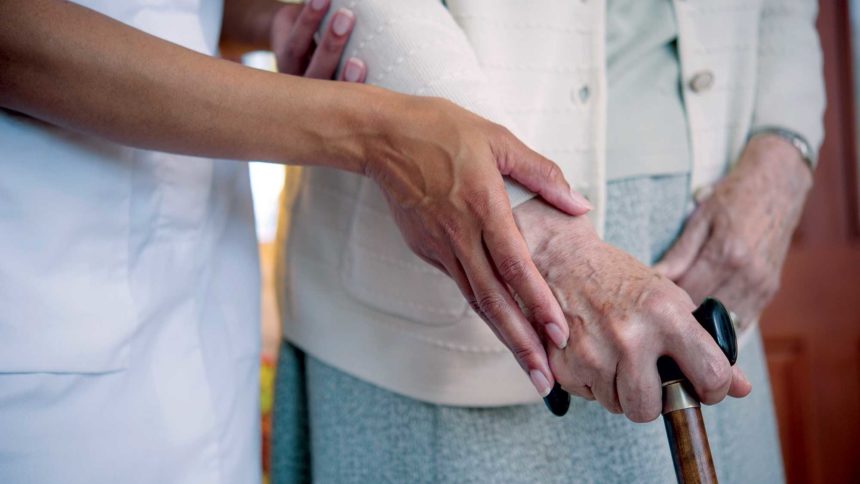
There is a strong relationship between age-related muscle loss, known as sarcopenia, and socioeconomic disadvantage, according to new research in the Journal of Frailty & Aging.
Adults with socioeconomic disadvantage have a 47% chance of having sarcopenia compared to 21% of those with the least amount of socioeconomic disadvantage, a cross-sectional analysis of data from 6,052 adults aged 60 and older from the English Longitudinal Study of Aging found. More than 34% of older adults probably had sarcopenia, according to the analysis.
Other key findings of the research: Besides socioeconomic disadvantage, other known risk factors for the condition include older age, physical inactivity, chronic conditions, undernutrition and minority group ethnicity. The findings highlight a need to address socioeconomic disadvantage in policy and practice for sarcopenia prevention and treatment. This includes addressing physical activity and diet (e.g., adequate dietary protein, preventing malnutrition), and supports for these initiatives need to be accessible to older people in their local communities.
“Sarcopenia is a worldwide public health issue, and like many diseases, we show that it places an unequal burden on the most socioeconomically disadvantaged in society,” Associate Professor Maria O’Sullivan of the Department of Clinical Medicine at Trinity College Dublin, said in a statement. “Socioeconomic disadvantage is likely to increase both the risk of developing sarcopenia and reduce access to prevention and treatments e.g., diet and exercise approaches. There is a need for greater awareness of skeletal muscle loss as we age, and for accessible and inclusive prevention programs for older populations.”





